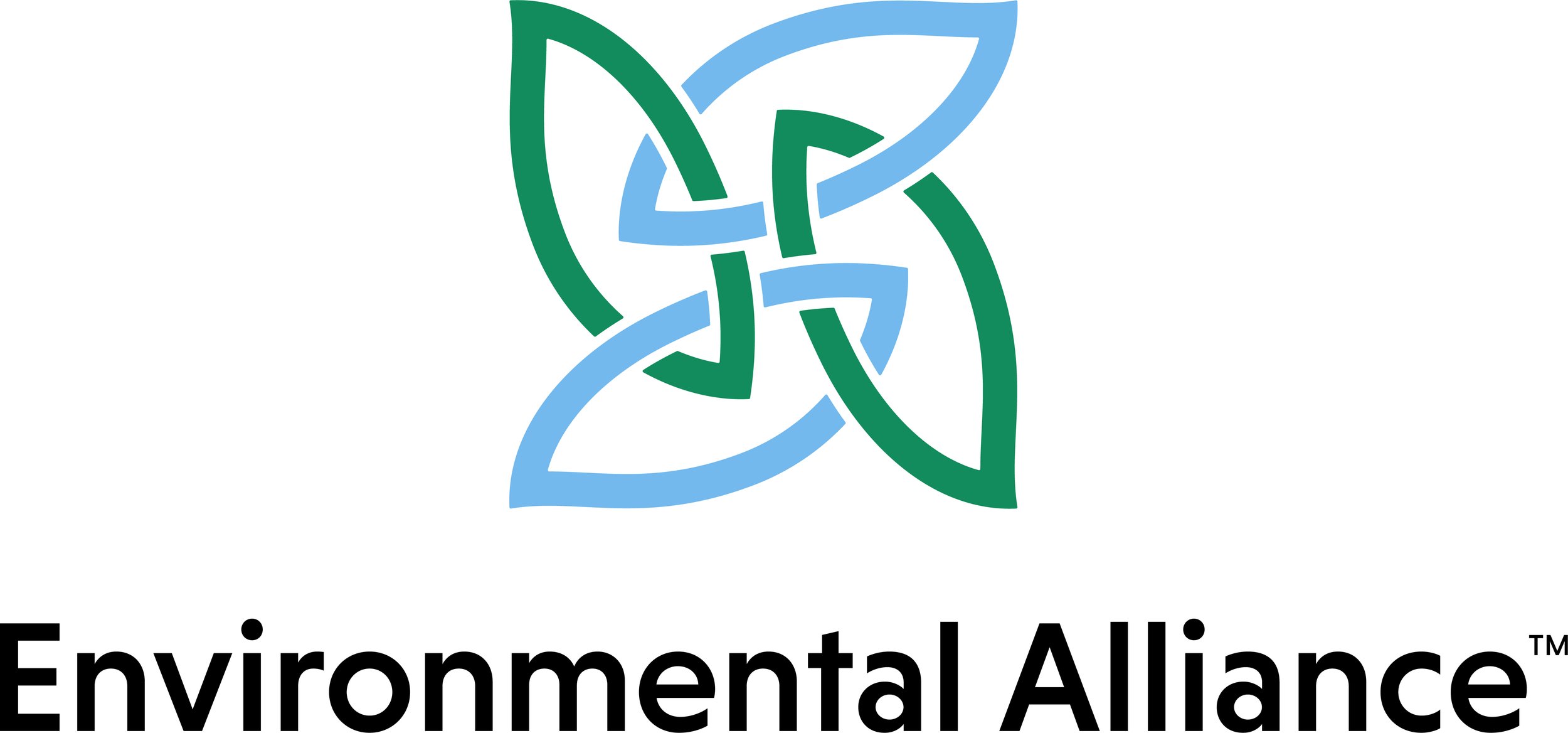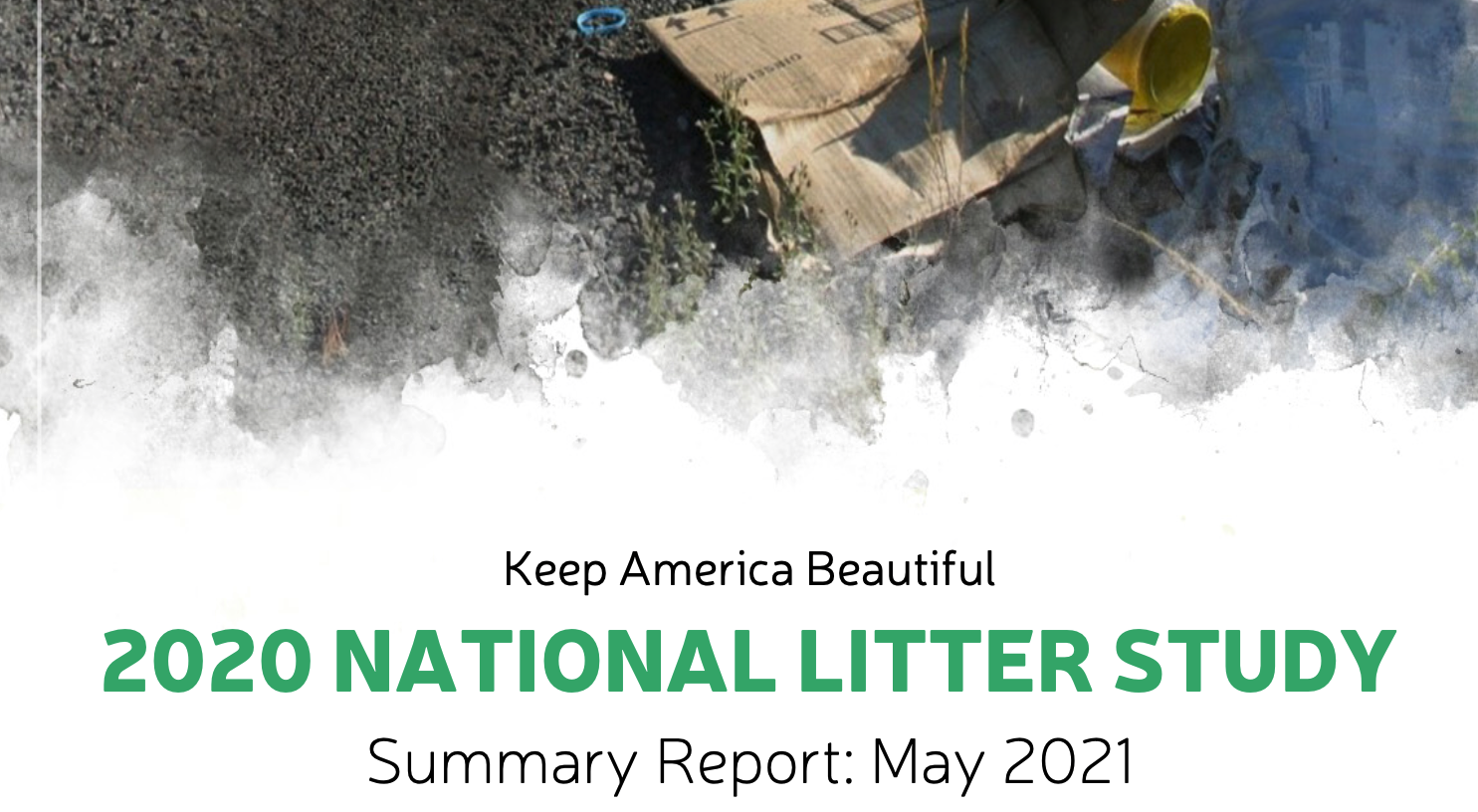Essential Information about the Environment
Plastic pollution is a huge problem—and it’s not too late to fix it
Correcting our plastic waste problem requires a fundamental change in thinking about how plastics are made, used, and discarded, two new studies say.
The global campaign to gain control of plastic waste is one of the fastest-growing environmental causes ever mounted. Yet it hasn’t been enough to make a dent in the growing tonnage of discarded plastic that ends up in the seas.
National Geographic article contains highlights from the Science and SESYNC research. In 2015, Jenna Jambeck published a study indicating that 8.5 million tons of plastic waste were entering the ocean annually. At the current rate of production using existing waste systems, and volunteer cleanup efforts, plastic waste will reach 20-53 million tons annually equating to more plastic in the ocean than fish.
article highlights:
Calls for up to a billion people cleaning up
Call to action for
reduced plastic waste
improved waste management
cleanup & recovery
Need to remove litter/waste “poised” to enter the rivers and ocean
It’s Not Too Late
Opinion: We need to increase efforts to change littering and waste behavior via education and by example.
There are three articles below. Start with the National Geographic article. Graphic courtesy of SESYNC.
Picking up litter: Pointless exercise or powerful tool in the battle to beat plastic pollution?
Armed with bags, gloves, litter pickers and a strong sense of purpose, around 12,000 men, women and children got to work cleaning Britain’s streets, green spaces and beaches as part of a nationwide Great Plastic Pick Up during a weekend in early May.
this article highlights:
Cleanups are necessary
Education and behavior change are required.
Saving the planet doesn't mean eradicating plastic. It means changing it
A fundamental part of this issue is that non-sustainable, single-use plastics account for up to 40% of global plastic production. This equates to around 128m tonnes. The vast majority of these plastics have low recycling rates and do not biodegrade in an acceptable time span – polypropylene can take millennia to break down properly.
This article highlights:
Plastics are non-biogradable
Plastics will remain integral to modern-day life
People take better care of public places when they feel like they have a stake in them
Specific tools help lead people to a sense of “psychological ownership” of public spaces. We urge park managers to adopt these tools.
This Article Highlights
People can feel “psychological ownership,” a sense of personal attachment, even for parks and other public places.
These feelings lead them to see property they don’t own as being more valuable and boost their sense of responsibility to take care of it.
A recent series of four studies found that inexpensive steps like getting park visitors to plan their route or posting welcoming signs can yield significant benefits
Microplastics a Million Times More Abundant
Biological oceanographer Jennifer Brandon found some of the tiniest microplastics in seawater at much higher concentrations than previously measured. Her method showed that the traditional way of counting marine microplastics is likely missing the smallest particles, suggesting that the number of microplastics in the ocean is off by five to seven orders of magnitude.
Brandon now estimates that the ocean is contaminated by 8.3 million pieces of mini-microplastics per cubic meter of water.
This article highlights:
Microplastics are a bigger problem than previously thought
100% of the microscopic organisms sampled that are the basis for the global food chain contained plastic.
History and Future of Plastics
The unblemished optimism about plastics didn’t last. In the postwar years there was a shift in American perceptions as plastics were no longer seen as unambiguously positive. Plastic debris in the oceans was first observed in the 1960s, a decade in which Americans became increasingly aware of environmental problems. Rachel Carson’s 1962 book, Silent Spring, exposed the dangers of chemical pesticides. In 1969 a major oil spill occurred off the California coast and the polluted Cuyahoga River in Ohio caught fire, raising concerns about pollution. As awareness about environmental issues spread, the persistence of plastic waste began to trouble observers.
THE RECYCLING PROBLEM: A FEEL-GOOD STORY THAT’S TOO GOOD TO BE TRUE
Recycling feels good. It seemingly gives us power to control our own habits for the benefit of our planet. We can even call people out for not recycling (shame!), reinforcing our own green behavior.
But that feel-good sentiment might just be a placebo effect.
Definitive Study on Litter in America - #152AndYou
The Keep America Beautiful 2020 National Litter Study comprises four major components: a survey examining public attitudes about litter, a visible litter survey that provides an estimate of the litter on the ground across the United States, behavioral observations that shed light on littering behavior in public, and a survey that estimates the public costs of litter in the United States.
this article highlights:
Litter in the United States is decreasing
There are serious litter issues
The problem is solvable
Opinion: Business and Environmental Groups need to work together to solve the issue of litter and plastic waste. A coherent national strategy and plan is necessary and it needs to include three major elements - reduced waste, better management of waste and waste systems, cleanups including a “net negative” of plastics entering rivers and oceans.








